Homemade Pickles
April 19, 2021
Gluten-free · Nut-free · Soy-free
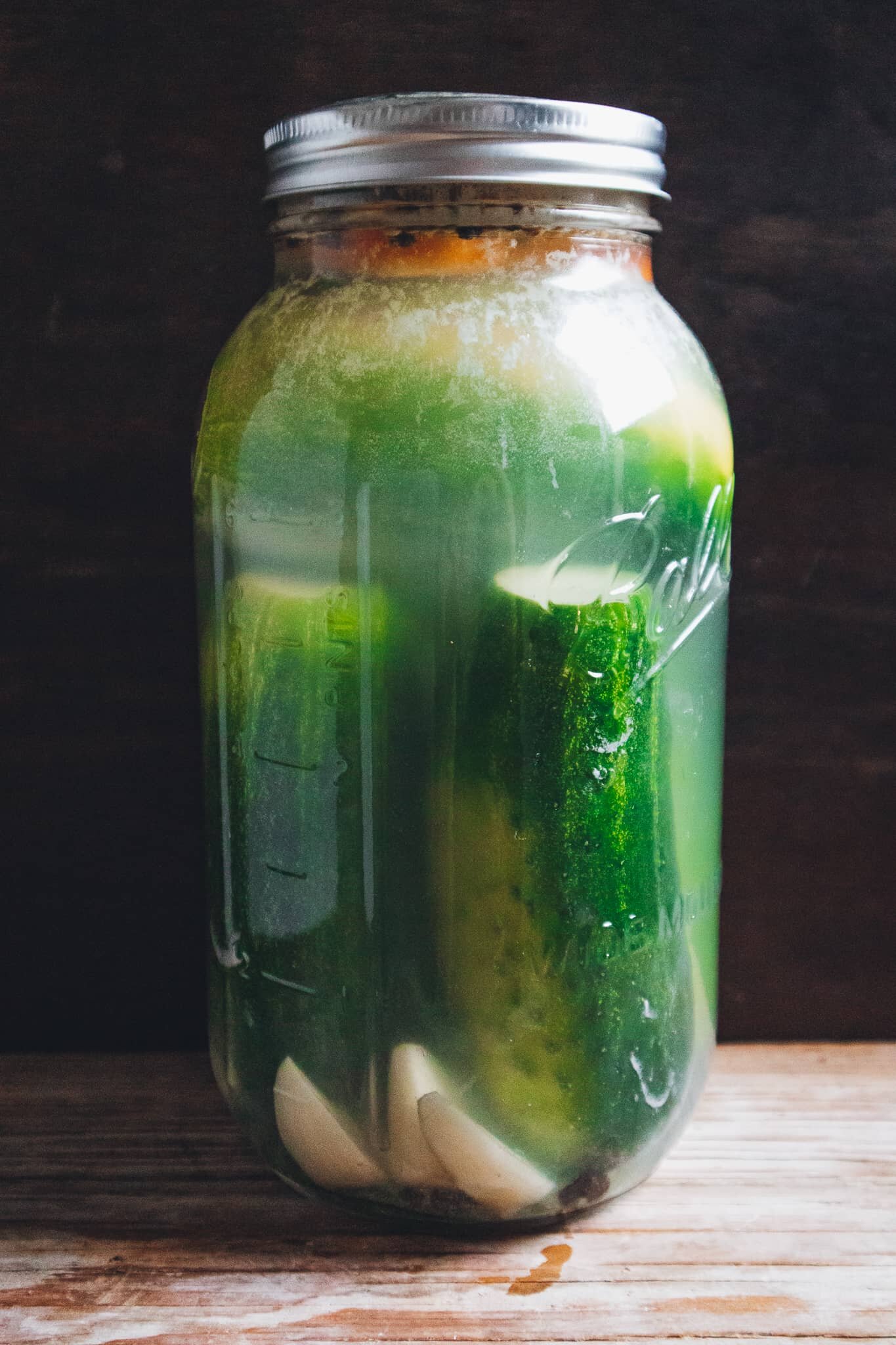
A classic. But have you ever made your own?
A lot of people think it’s difficult to make something like pickled cucumbers at home (why bother, right?), but the reality is that it doesn’t take much time or effort and the reward is a lot more bang for your buck AND pickles the way you like them. As always with fermented food, you choose how strong you want the flavor to be, so you can leave it to ferment as little or as long as you want. You have to give this a try (II have a feeling you’re not going to be going back to store-bought!).
In this recipe, I added some habanero and spices to flavor the pickles (another advantage of making your own). It’s not spicy, but it will add fragrant notes to the cucumber and the pickling liquid that you can use for vinaigrettes or dressings. But if you’re not into chilies, you can omit the chili altogether and make traditional dill pickles, just add fresh dill instead of the habanero.
Try it out and let me know how you like your pickles!
It’s very important to work clean and to sanitize your containers when fermenting food, otherwise, unwelcome microbes could be produced in the process and ultimately damage your product. Before making the recipe, please read the Basic Rules for Fermenting below to ensure you use the safest practices.
Basic Rules for Fermenting
Before you start any kind of fermenting, it’s important to understand these basic rules that apply to all fermentation processes to ensure a safe environment and safe food.
-
Clean and sanitize your workspace before doing anything else. You can use hot water and soap, white distilled vinegar, or at least 60% alcohol.
-
Sanitize your fermenting jar and any tools you’ll be using. To do this, you can either run everything through the dishwasher or place your jar and tools into a pot full of boiling water and boil for 5 minutes.
-
Wash your hands thoroughly.
Notes:
The ideal temperature for this lactic acid fermentation is between 64.5- 71.5 F.
In this fermentation, we want to create lactic acid bacteria, which is tolerant to high salt concentrations.
Substitutions
-
another kind of chili (fresno, serrano, jalapeño).
-
Different spices (cloves, star anise, cardamom, dill seeds, all spice etc).
-
Dill fronds
Equipment
For this process, you’ll need 1 1/2 gallon glass jar + lid that have been sterilized (you can do this by running them through your dishwasher or boiling it in water for 5 minutes), 1 metal spoon, 1 large bowl, a small Ziploc bag, and a kitchen scale.
Uses
Use your pickles for:
-
Sandwiches
-
Vegan burgers
-
Dressings
-
Salads
-
Rice
-
As a snack
Makes 1/2 gallon
Ingredients
Brine
865ml water
51g sea salt
886g whole pickling cucumbers
23g garlic cloves, halved lengthwise
8g habanero pepper, halved lengthwise
2g whole telicherry peppercorns, toasted
1g coriander seeds, toasted
Method
-
Make the brine mix by combining the water and salt in a large bowl and whisking until the salt is completely dissolved.
-
Place your cucumbers in your sterilized 1/2 gallon jar along with the other ingredients. Then add the brine, leaving 1 inch of space at the top of the jar. Make sure the ingredients are all completely submerged in the brine, otherwise mold can grow on them if exposed to the air.
-
Loosely screw on the sterilized lid and keep at room temperature for about 8-10 days. The ideal temperature for it to be at is 65-70ºF. Look for a dry, clean space in your home that you know will stay around that temperature range.
-
Check the pickles after day 3 of fermentation to see if there’s any white cloudy substance on the top. This is normal and just a byproduct of fermentation. Just remove it with a clean spoon and loosely screw the lid back on.
-
After 8 days, taste the pickles. If you’re happy with the taste, tightly screw the lid back on and store in the fridge for up to 1 month. If not, loosely screw the lid back on and continue to ferment for a couple more days until desired.
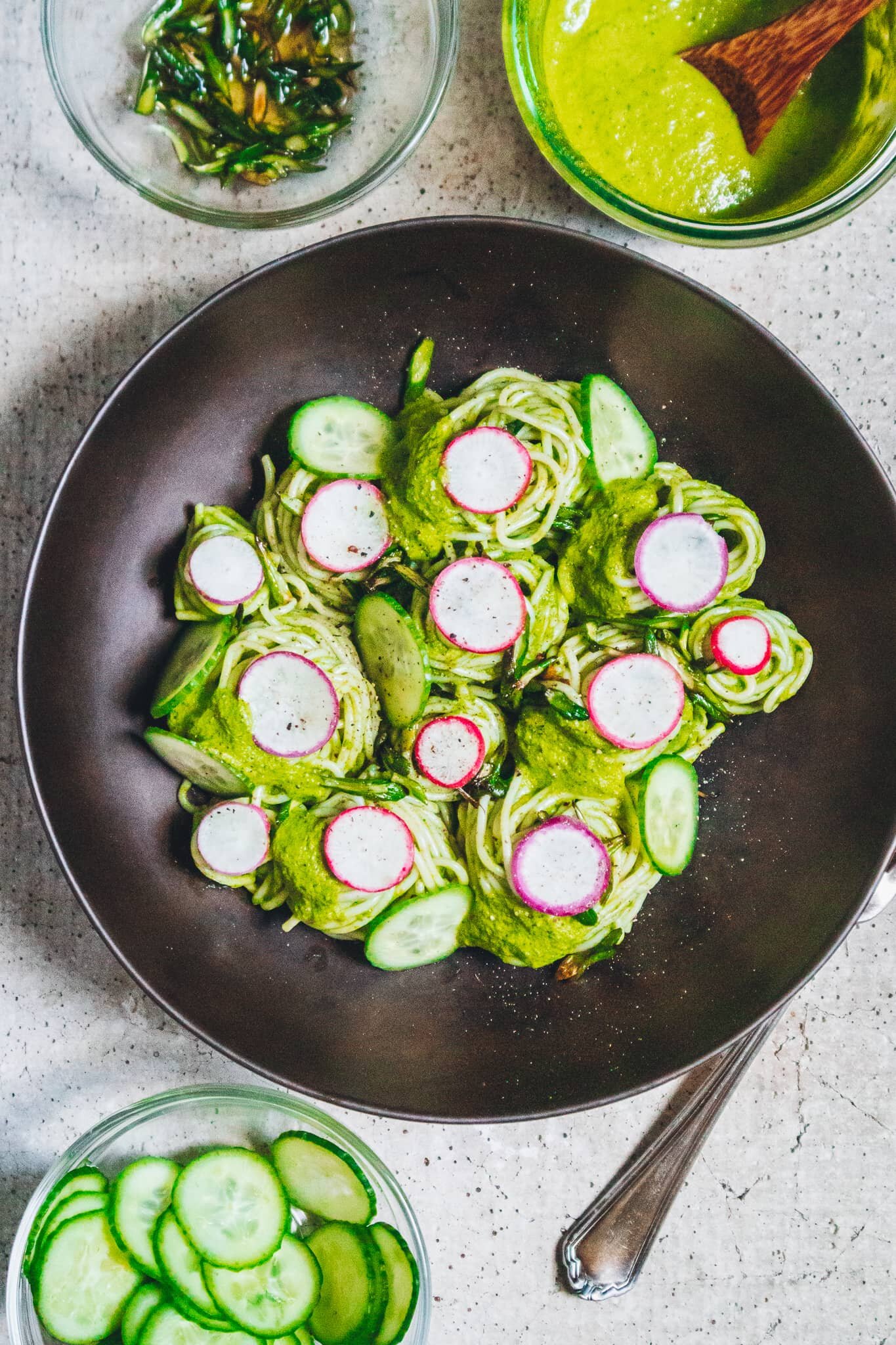
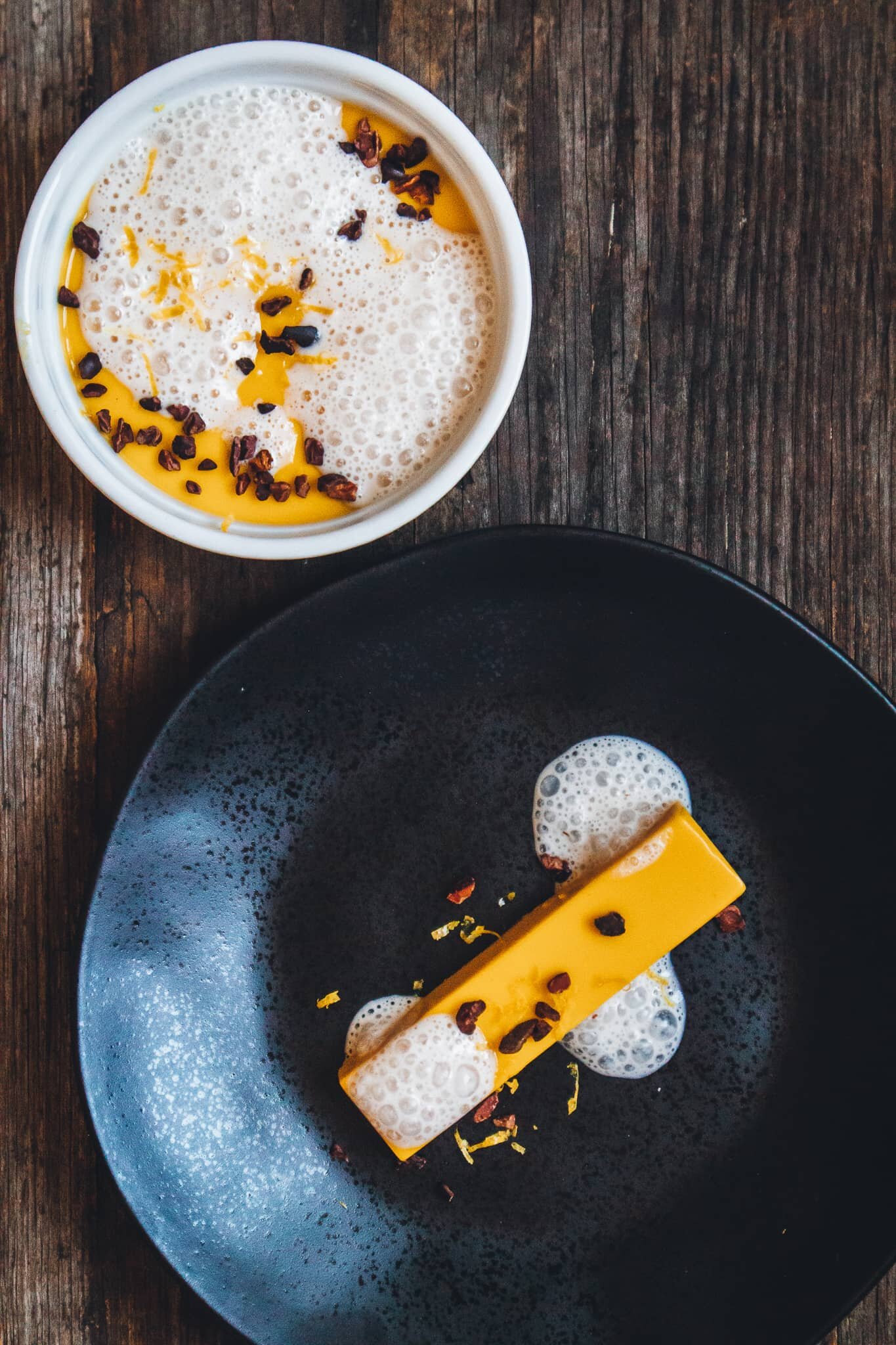
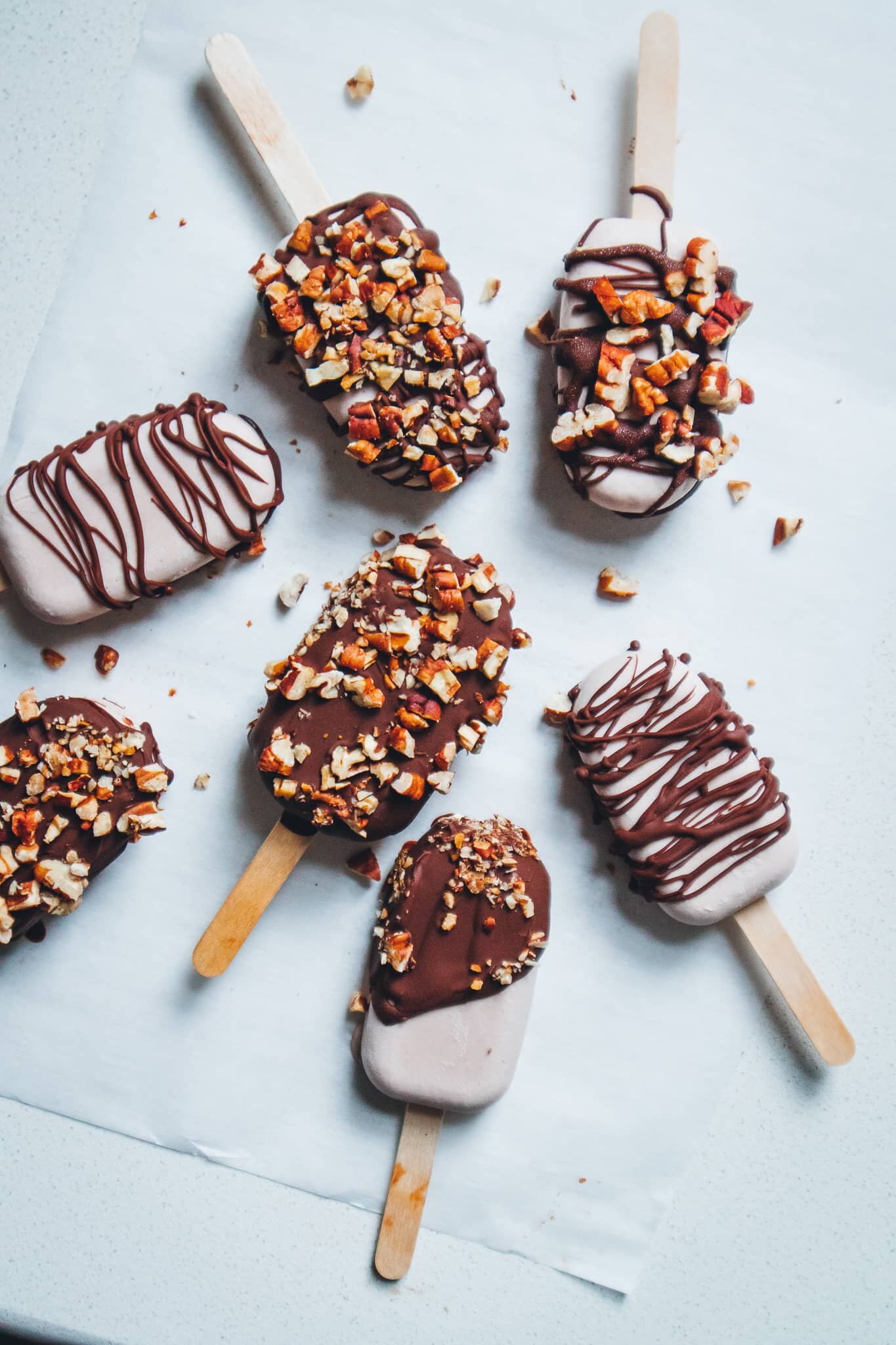
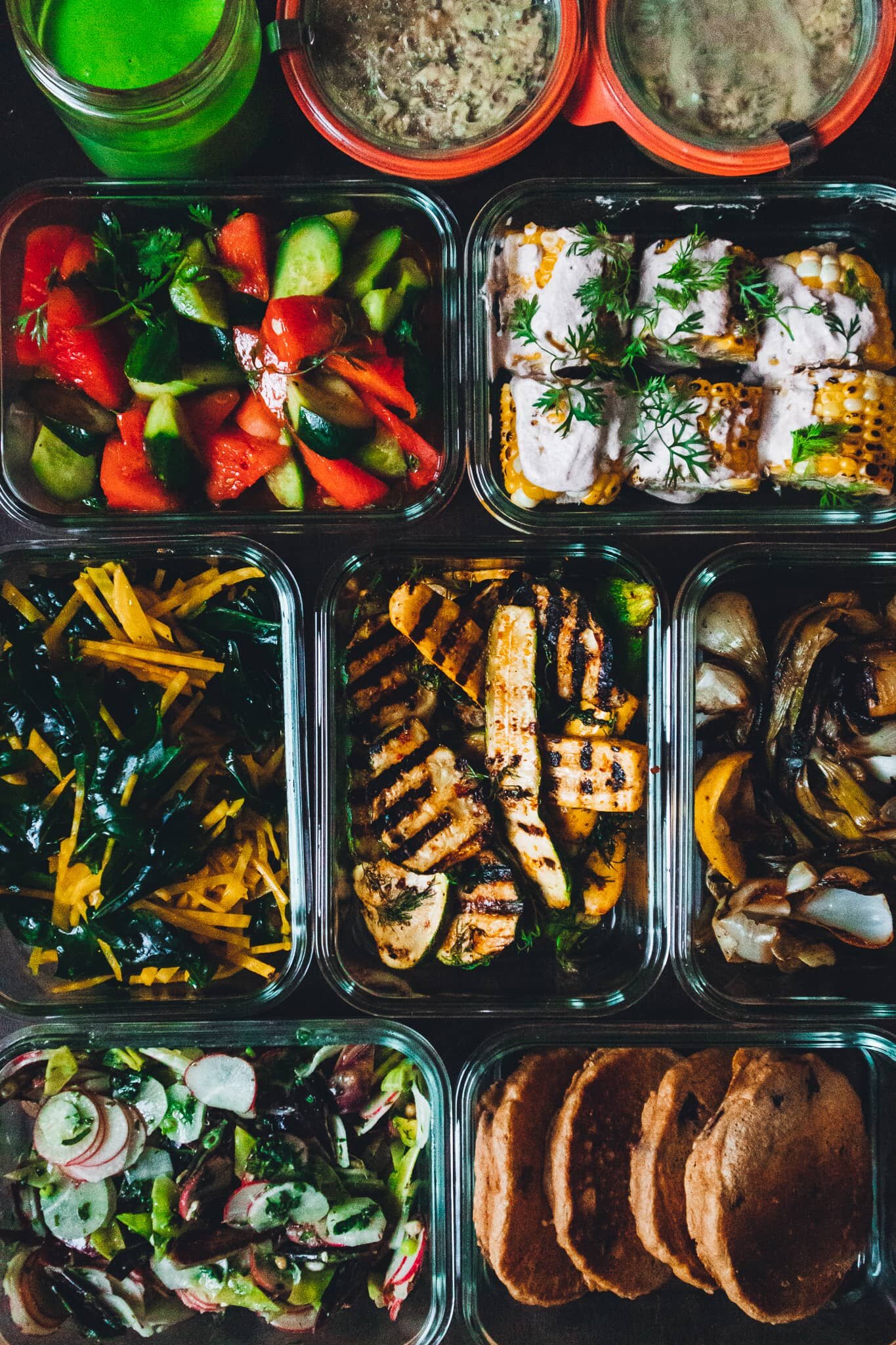

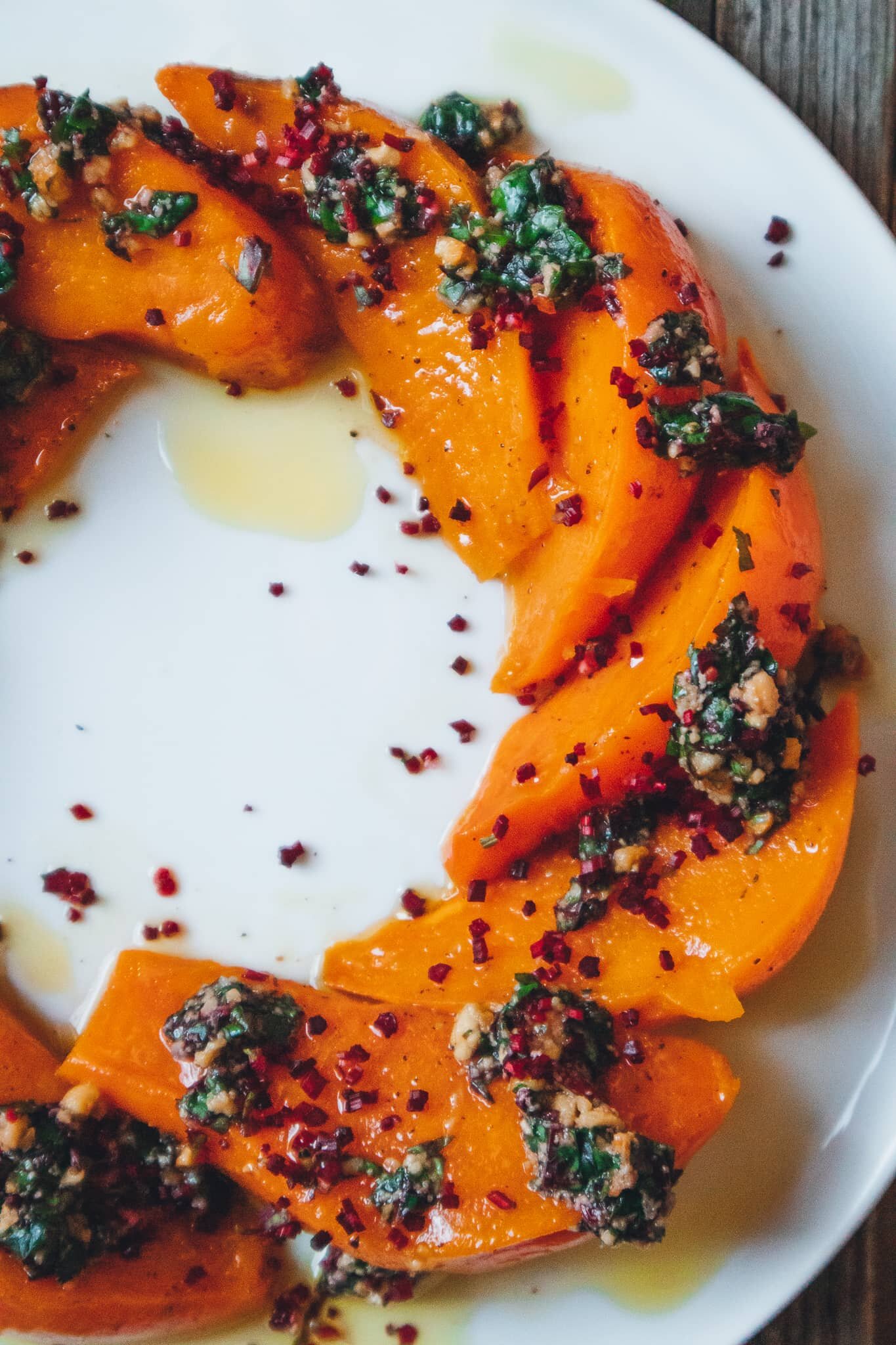
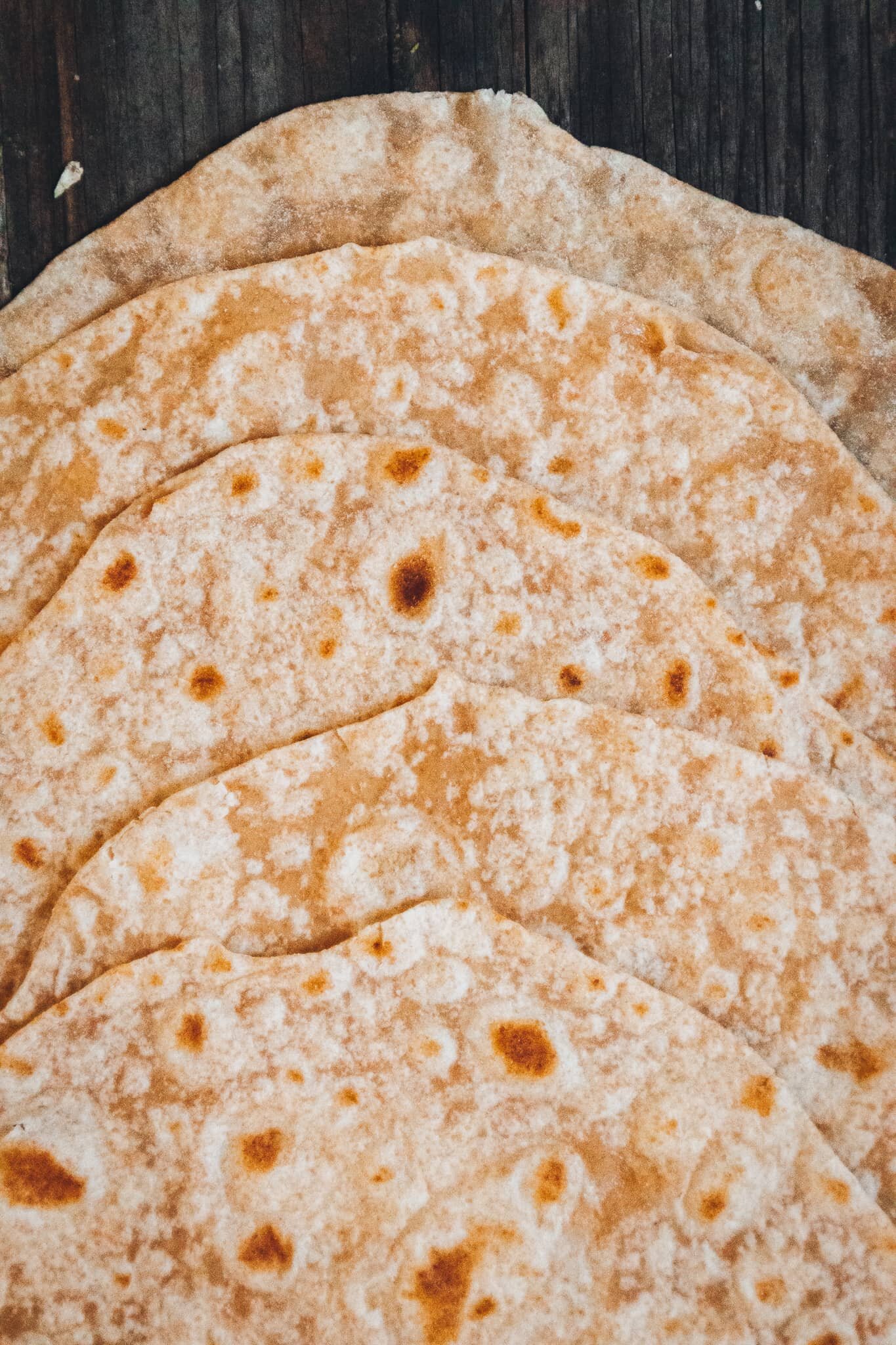
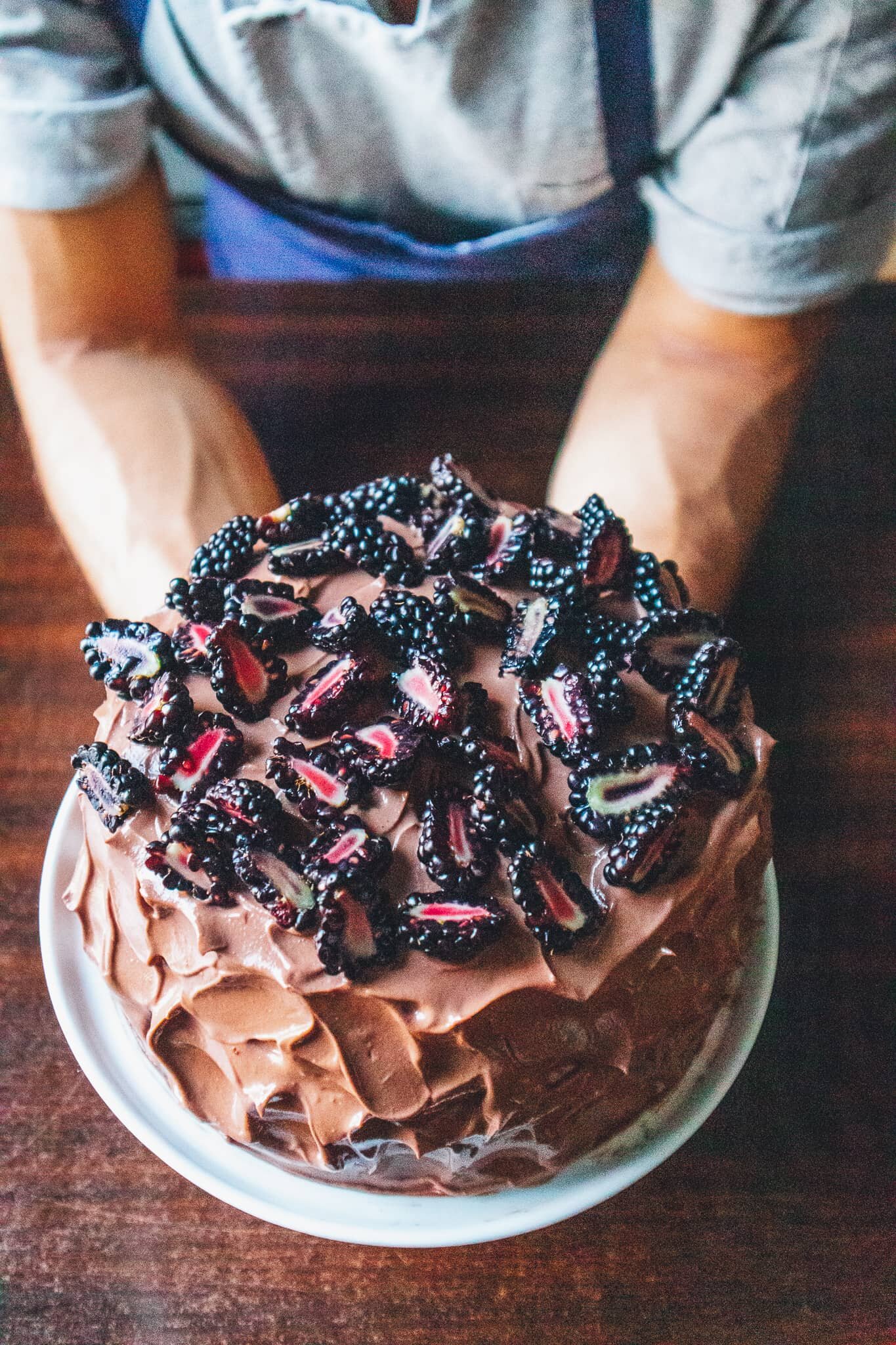
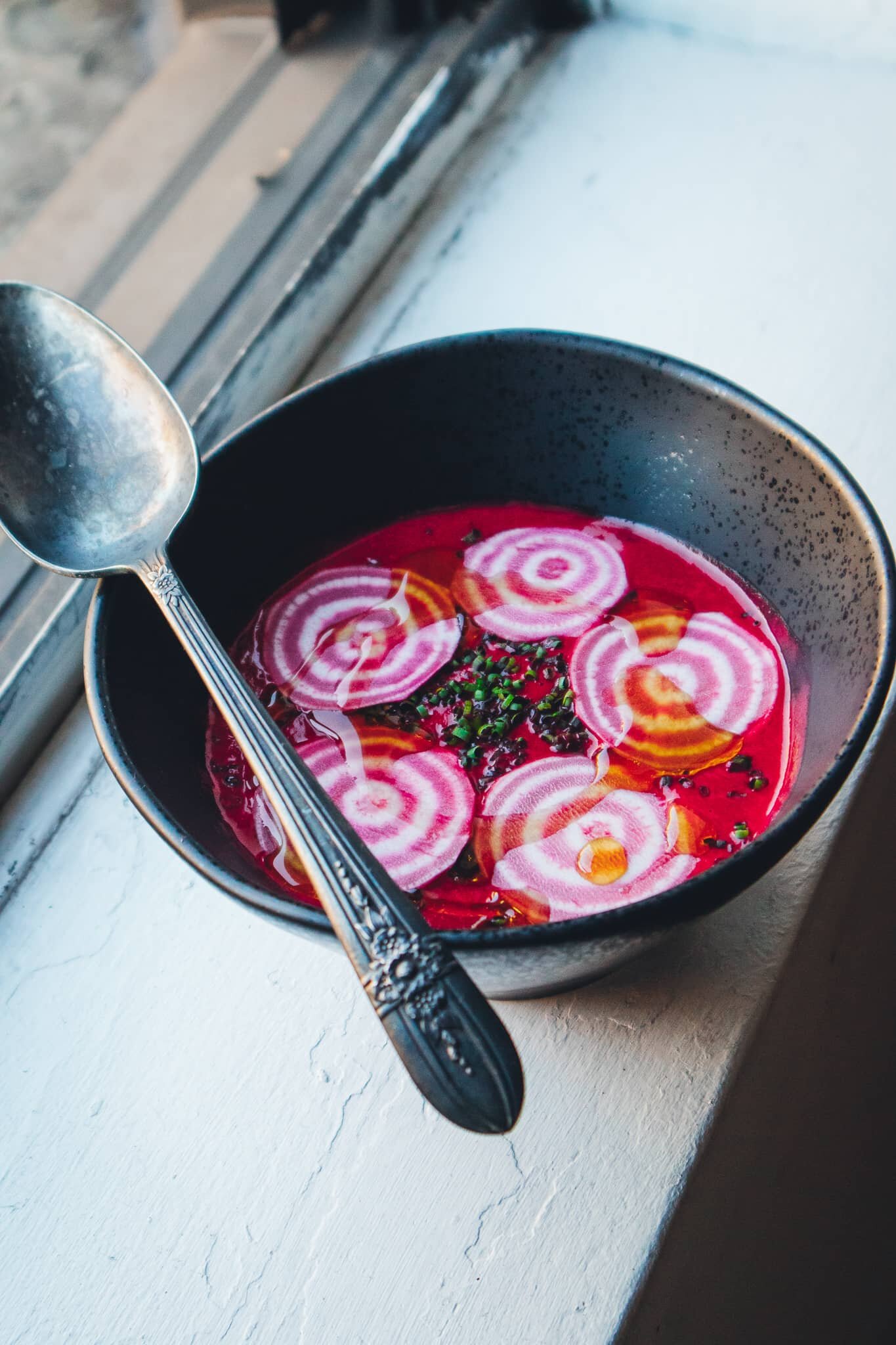

be the first to comment